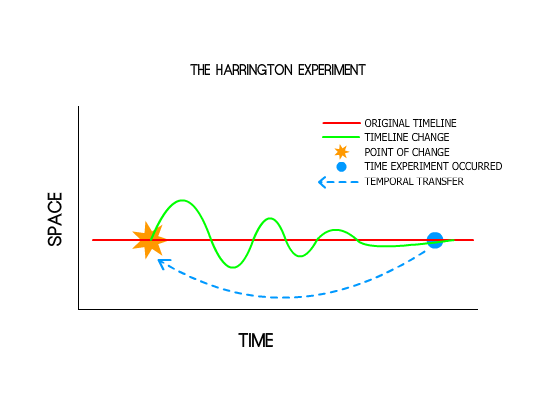Lately that elusive substance that is Free Time has seemingly evaporated, as a multitude of pursuits collide. In particular, my quest for a Private Pilots Licence and my preparations for half a year in Australia have me rushed off my feet. But I made a resolution that my entries won’t turn into lamenting for lack of free time, so enough about that.
I recently compiled an actual paper checklist for something that has existed for a long time only in my head: the Checklist for the Future. On it are a number of key innovations and milestones, such as Antigravity and Civilian (Orbital) Spaceflight. The idea being that once all the boxes are ticked, we will be in the future. Obviously. Exciting stuff!
Yesterday I came across a fascinating documentary about chaos, spontaneous pattern formation and the Mandelbrot Set. I recommend checking it out, particularly if the ideas of order emerging from nothing and predictable systems having unpredictable outcomes interests you at all. I find it encouraging that it still doesn’t invalidate the physics behind my Chonoportology writings, too (that does, in essence, try to answer the question of what actually determines the A or B path of any given event).
In other news, THIS:

